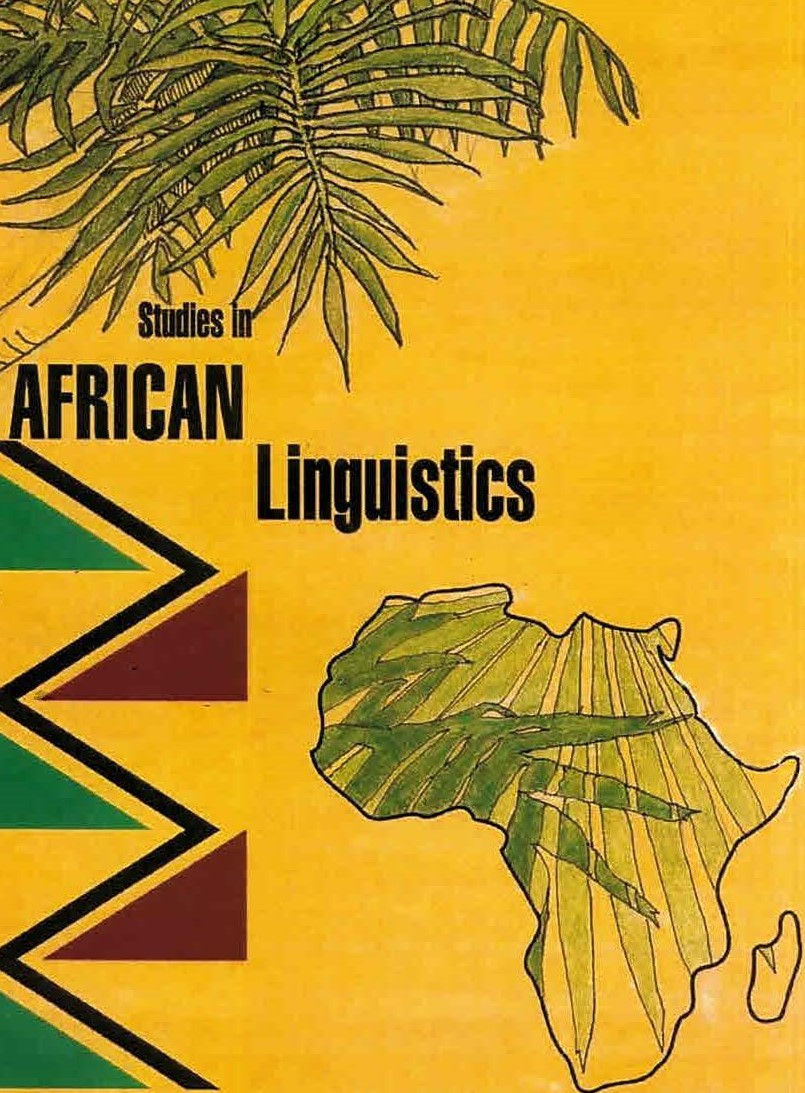Words of apparent Arabic, Persian, Hindi or Malay origin in KHOE
How did they get there, and what are the implications?
关键词:
Khoe languages, East African Indian Ocean trade networks, Click innovation, Borrowing摘要
The paper builds on the early detection by Carl Meinhof of one or two Arabic loanwords in Nama (Khoekhoe, Khoe), and explores the possibility of other borrowings, from not only from Arabic but also languages of the Cushitic family. A context in which such borrowings could have occurred is provided through the presentation of historical evidence that suggests, for the first time, an actual connection between speakers of Khoekhoe languages – and some of the early Shona states involved in the early Indian Ocean trade along the east coast of Africa, where foreign partners included speakers not only of Arabic but also Persian, Hindi, and Malay. Two sets of additional borrowings that have been found (from Arabic, and Cushitic) are then presented and discussed. Different distribution patterns in the case of borrowings shared with various Ntu languages are argued to suggest more than one stage in the emergence of the modern Khoe languages, while a particular connection is identified, for the first time, with languages specifically of the Mozambican and Madagascan coasts (as opposed to the Swahili coast). This evidence suggests that the earliest interactions behind some of the borrowings occurred during the older phase associated with the southerly hub of the Indian Ocean trade – which allows us to propose, in turn, that the people who came to be known as the ‘Khoi’ were forged by the constantly changing social and economic dynamics of an early African—yet cosmopolitan—world.
##submission.downloads##
已出版
##submission.license##
##submission.copyrightStatement##
##submission.license.cc.by-nc4.footer##

